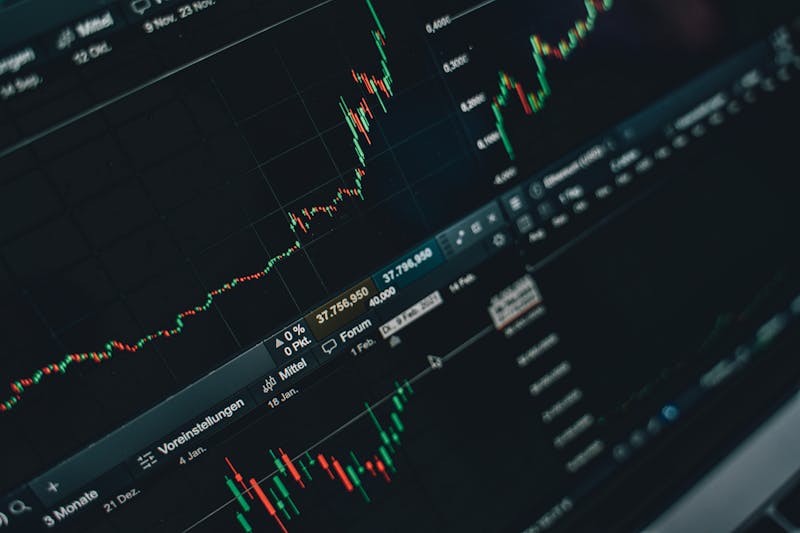Trading floors used to be packed with hundreds of stockbrokers yelling orders, gesturing frantically and scrambling to execute buys and sells. Today, it’s a lot quieter. Trading is now dominated by sophisticated algorithms running tirelessly on powerful computers and servers. This machine automation is providing huge advantages in speed, precision and data analysis. Read on to understand how AI and trading robots are transforming finance.
Processing Mind-Boggling Datasets
Today’s highly interconnected financial markets generate absolutely massive amounts of data. We’re talking petabytes and exabytes across trades, news, social media, fundamentals, you name it. Analyzing all this by hand is impossible. Trading algorithms use machine learning to parse these enormous datasets and identify patterns predictive of profit. By recognizing non-random relationships and anomalies humans would never spot, algorithms gain a powerful edge.
Acting in Milliseconds
Timing is everything when prices fluctuate by the millisecond. Trading robot can ingest new data, run predictive models and execute a trade in a fraction of a second. This high-speed precision allows algorithms to capitalize on brief pricing inefficiencies across assets and exchanges before anyone else. No human trader comes close to reacting this fast. Being first often means capturing the lion’s share of profits.
The Tireless Trader
Unlike humans, algorithms don’t get distracted, bored, tired, stressed or greedy. They implement assigned trading strategies flawlessly 24/7/365 without deviation. A machine won’t second-guess itself or override data-driven decisions with emotion. This operational reliability means trading strategies get applied consistently without behavioral gaps. The steadfast algorithm just follows the data signals.
Levelling the Playing Field
Sophisticated trading algorithms used to be exclusive to large firms. But accessible cloud computing power and automated trading platforms have democratized algorithmic trading. Now even retail investors and small startups can deploy advanced AI strategies once reserved for quantitative powerhouses. This has helped level the competitive playing field between Wall Street and Main Street.
Overseeing Strategy vs Implementation
Trading robots aren’t replacing human traders entirely – they’re enhancing them. Algorithms handle the grunt work of processing data and executing repetitive orders. This frees up traders to oversee operations and focus on high-level strategies, adjustments and relationships. Humans still govern overall direction, but algorithms do the heavy data lifting at inhuman speeds.
Managing the Risks of Automation
While algorithmic trading provides enticing advantages, it also poses new systemic risks. Interconnected algorithms reacting faster than humans can sometimes trigger rapid cascading market effects. Technological glitches can also cause chaos, like the 2010 Flash Crash triggered by a trading algorithm gone wild.
Regulators are still playing catch up. Efforts are underway to increase transparency through audit trails and protect against volatility. Firms are also managing risks by keeping human supervisors in charge of algorithms rather than full automation. There are still kinks to iron out, but the benefits appear to outweigh the costs. Trading algorithms are here to stay, albeit with supervision.
Algorithmic trading has un-disputable advantages in speed, data processing and consistency. However, it also requires vigilance to ensure market stability and integrity. Humans still have an essential role in governing trading automation wisely to harness its productivity while minimizing pitfalls. The future likely holds an ongoing man-machine collaboration.
Conclusion
Trading automation is here to stay. As computing power and AI grows more advanced, so do capabilities. Distributed cloud networks now allow even complex techniques like deep reinforcement learning to be deployed affordably. While increased transparency is sought, there is no putting the algo trading genie back in the bottle. The traders of the future will be efficient man-machine teams.
